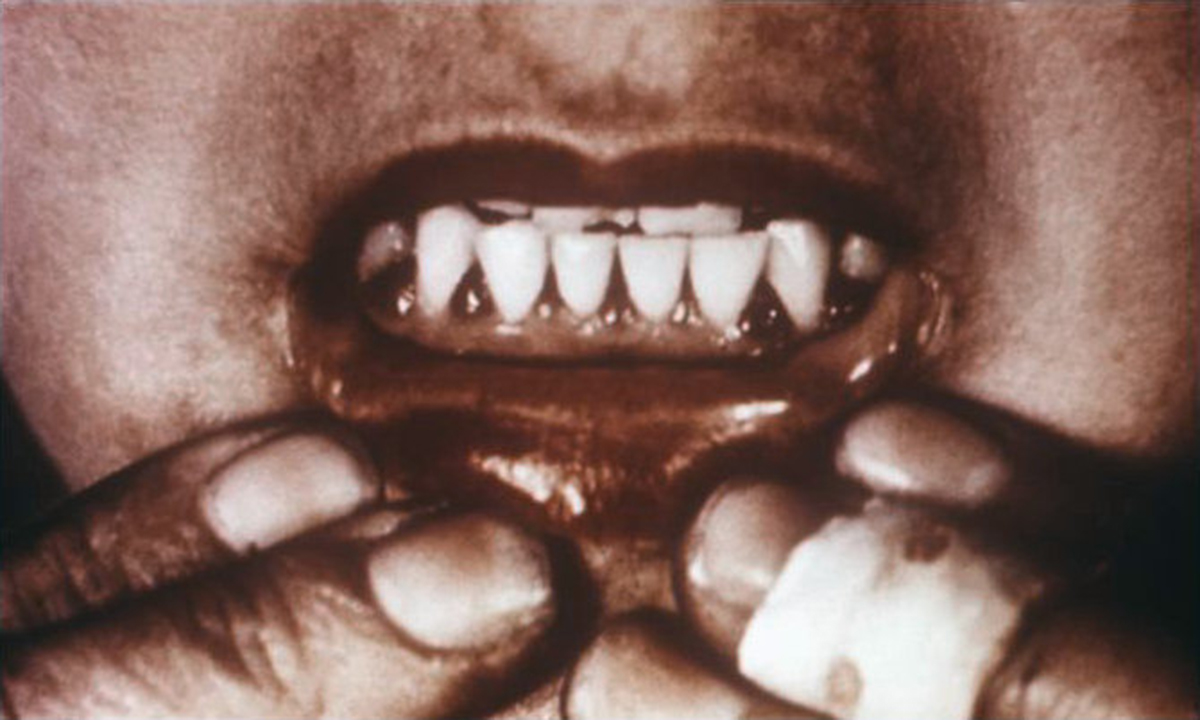
Healthy gums normally have a good blood supply and they are about the 1 mm thick. However, numerous factors may affect changes to the gum tissue. Gum disease is a gradually progressive condition that affects firm fibrous tissue connected to the bone of the jaw, known as gums or gingivae.
Causes of gum disease
A variety of bacteria colonize the mouth forming a sticky plaque on the teeth and tongue. A plaque is composed of bacteria, mucus and other food particles decomposing in the mouth. Plaque remains on the surface of teeth for 24 hours and it may be removed by the means of regular brushing and flossing. If not removed in 24 hours, it hardens forming a tartar or calculus that strongly bonds to the teeth. Tartar may be removed only by professional cleaning.
Gingivitis
Gingivitis is the starting stage of gum disease that is distinguished by a couple of unpleasant symptoms. Patient’s gums are red and swollen and they may easily bleed while brushing or flossing. Pain isn’t always present. Patient may quite easily reverse the course of the gum disease at this stage by adequate treatment from a dentist and a proper and regular oral hygiene. If not treated this stage may progress to periodontitis.
Moderate periodontitis
Periodontitis refers to the disease of the tissue surrounding the teeth. It is considered to be a low grade gum infection. Normal oral hygiene may not help in this case because bacteria in tartar releases toxins that destroy the bone and the gum tissue. Gums are receding and forming pockets between the teeth and gums, providing a space for accumulation of food remains and bacteria. The space in healthy gums is up to 3 mm deep, in periodontal disease it increases to 5 mm. Teeth are becoming loose and they might even fall off.
Advanced Periodontitis
Advanced periodontitis occurs when depth of the pockets increases to more than 6 mm. Dentist or periodontist will demand a surgery in this case. Surgery consists of removal of the affected tissue, cleaning of the tooth structure and stitching the gums around the teeth. Regular and proper oral hygiene is necessary to maintain healthy gums after this surgery.
Gum abscess
Gum abscess, also known as periodontal abscess, most commonly occurs in patients suffering from periodontal disease. Usually the abscess originates from a bacterial infection that has accumulated in the periodontal pockets. Infection may spread further, towards the ear, neck or below the jar. The abscess is most commonly accompanied with trouble to open the mouth, due to the swelling and inflammation. The gum region is probed; extremely red and pus ooze out.
The abscess may be acute, that is accompanied by pain, swelling and fever, and also chronic and painless, so a patient may not even now it is present in the jawbone.


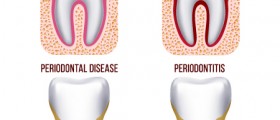
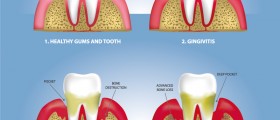

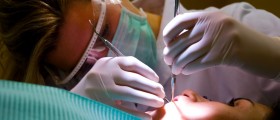




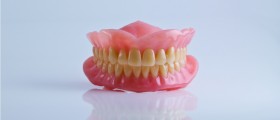
,-Don't-Ignore-Receding-Gums_f_280x120.jpg)



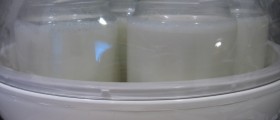

Your thoughts on this
Loading...